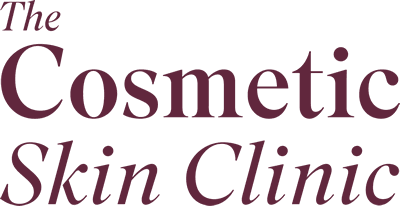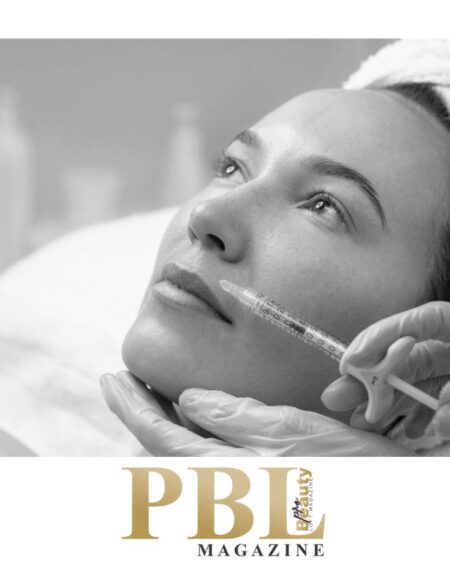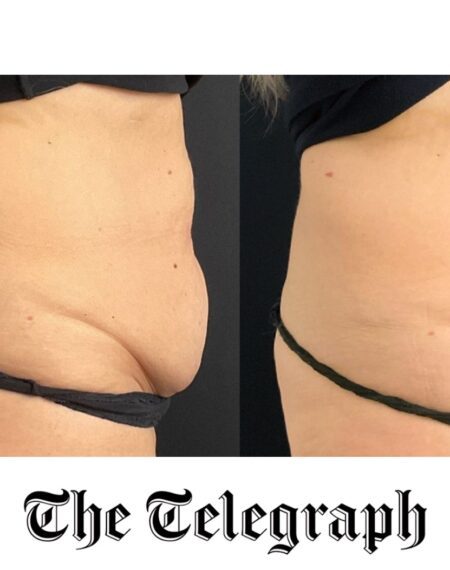Blog
The Cosmetic Skin Clinic and ‘The Longevity Doctor’: A New Era of Health and Wellbeing
The Cosmetic Skin Clinic is thrilled to introduce ‘The Longevity Doctor,’ a cutting-edge programme dedicated to the science of Longevity and Preventative Health. Part of The Private Clinic Group, this exciting development mean...

















